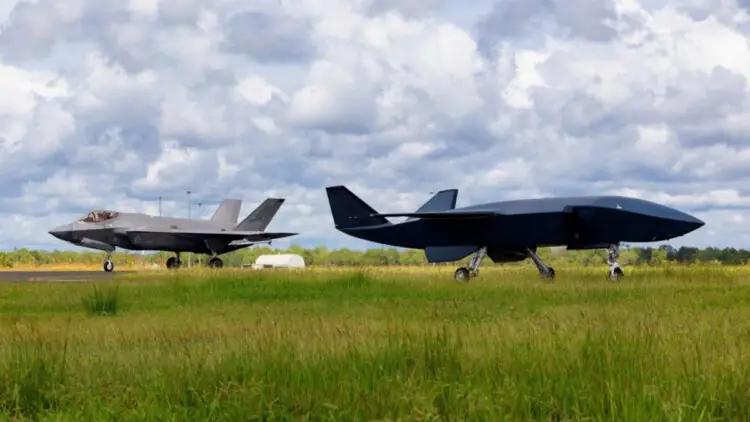In April 2025, the Royal Australian Air Force (RAAF) conducted the first field trial of the MQ-28A Ghost Bat combat drone outside the Woomera test range. The trial took place at RAAF Base Tindal in the Northern Territory during Exercise “Carlsbad.” Until now, the MQ-28A had only been operated within South Australia.
The exercise marked a significant step toward the platform’s operational deployment. On June 16, Boeing Defence Australia reported a mission in which an E-7A Wedgetail aircraft coordinated two MQ-28A drones in an attack on a simulated target. While the exact timing of the mission hasn’t been disclosed, it’s likely that it took place as part of the Carlsbad exercise.
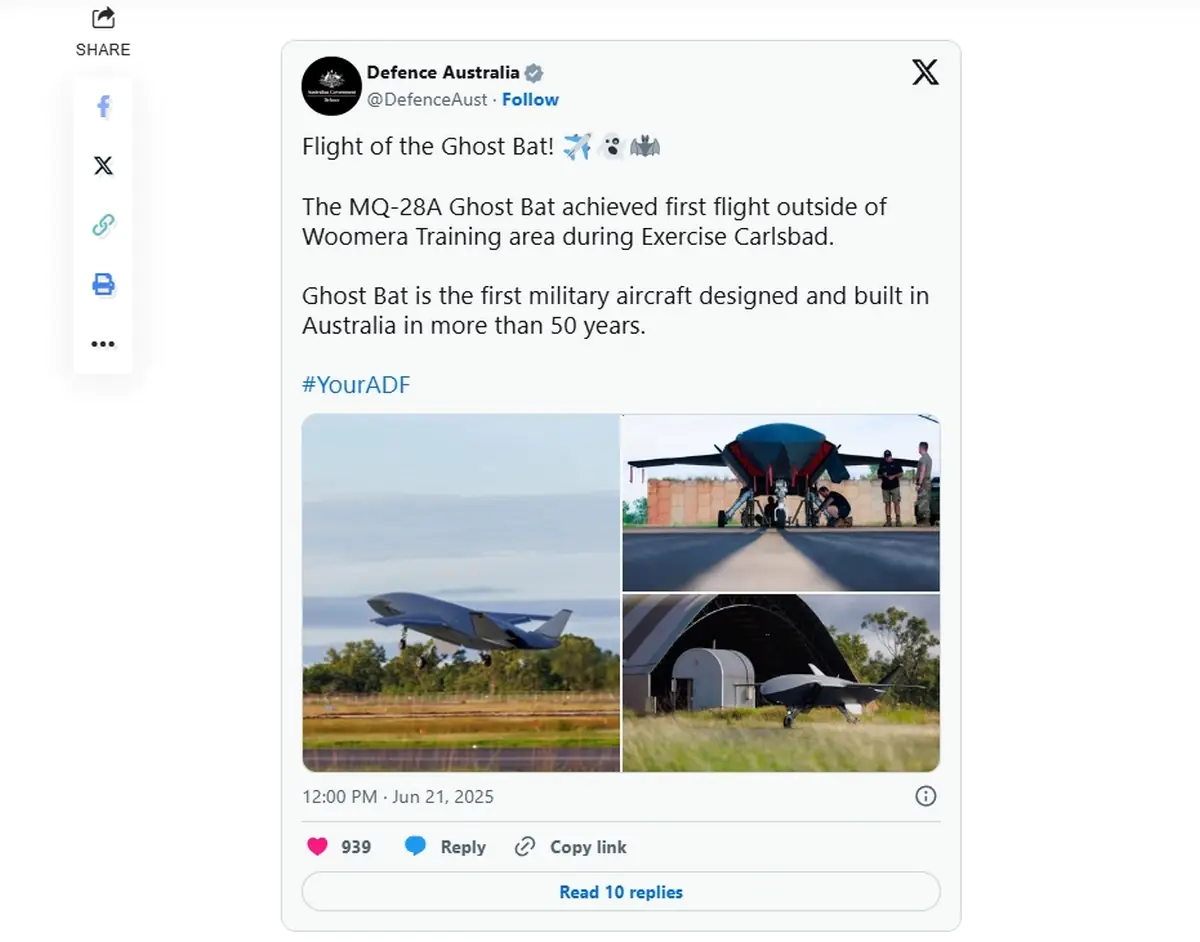
Boeing announced plans to include F/A-18F and F-35 fighter jets in upcoming tests, both of which are stationed at RAAF Base Tindal alongside the MQ-4C Triton UAV. During the exercise, the MQ-28 was transported to the base by a C-17 aircraft following its appearance at the Avalon Airshow in late March. It was tested for its ability to operate in a new environment and completed a flight within seven days of arrival.
Exercise commander Wing Commander Philip Parsons noted that the MQ-28A was integrated with F-35A and MQ-4C squadrons. Released images show the Ghost Bat alongside the F-35A and Triton. In a Defence Australia video, Parsons emphasized the importance of inter-unit cooperation for mission success.
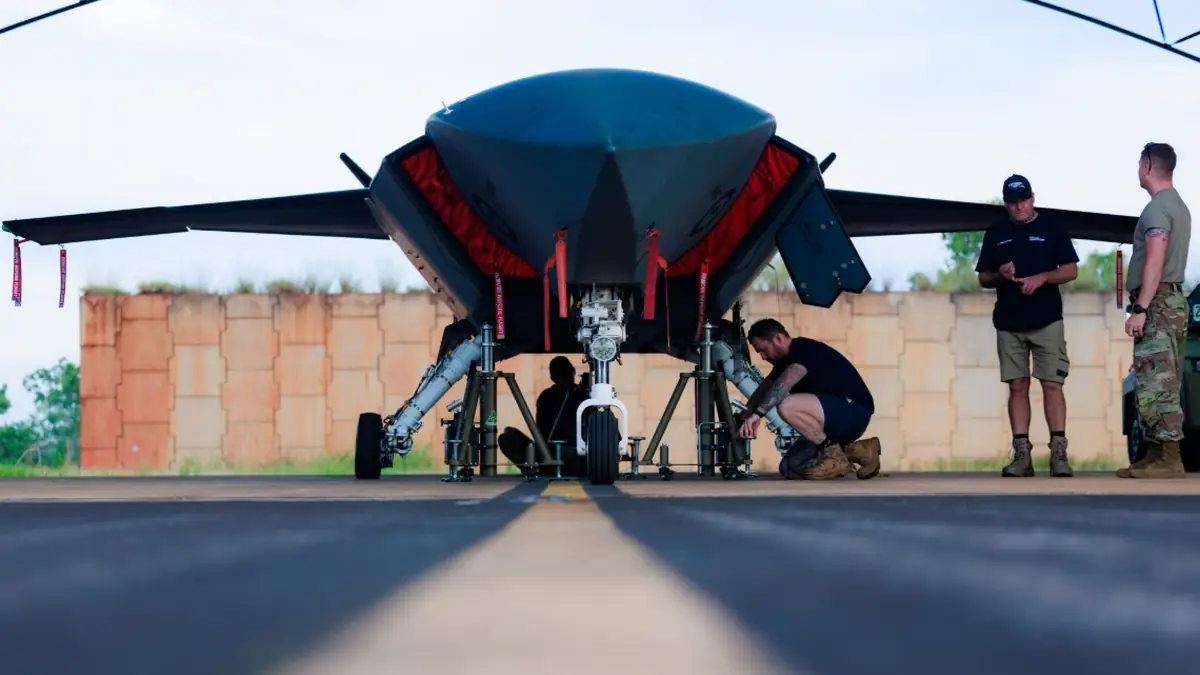
Although official confirmation of in-flight integration between the MQ-28 and platforms like the F-35A and MQ-4C is still lacking, imagery and Royal Australian Air Force (RAAF) concept materials suggest a strong potential for establishing a unified combat network. In such a setup, the Ghost Bat would operate in tandem with manned aircraft such as the E-7A Wedgetail, F-35A, F-15EX, and EA-18G Growler. Its role would be to support these crewed platforms by extending their combat reach and enhancing situational awareness across the battlespace.
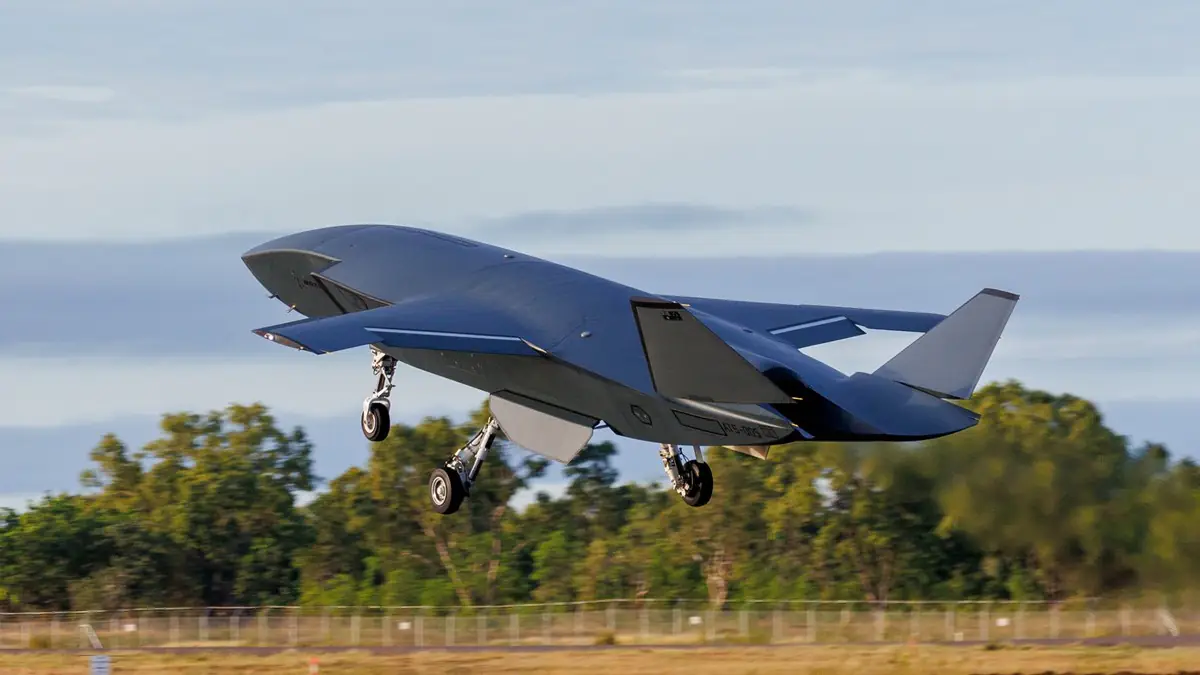
During the trials, the MQ-28 operated in an “operator-in-the-loop” mode – Wing Commander Parsons oversaw ground preparations, takeoff, and landing. Despite its autonomous capabilities and onboard AI, human operators remain in control to ensure safety. Boeing described the exercise as proof of the MQ-28’s ability to operate from field-deployed bases. This marks an important step toward integrating the MQ-28 into the RAAF’s combat infrastructure. According to MQ-28 program director Glen Ferguson, the tests demonstrated the drone’s potential across various scenarios, including interoperability with other units and platforms.
During the exercises, the MQ-28 bearing the designation ATS-005 was spotted in a new dark gray camouflage scheme, differing from earlier versions that featured orange accents. Notably, the aircraft lacked a Pitot tube – possibly indicating a newly built unit or a repainted version. The “ATS” marking refers to the program’s original name: Airpower Teaming System. The MQ-28 is designed with a modular nose section offering 1.5 m³ of space for interchangeable payloads, including infrared sensors, radar systems, and surveillance or reconnaissance equipment.
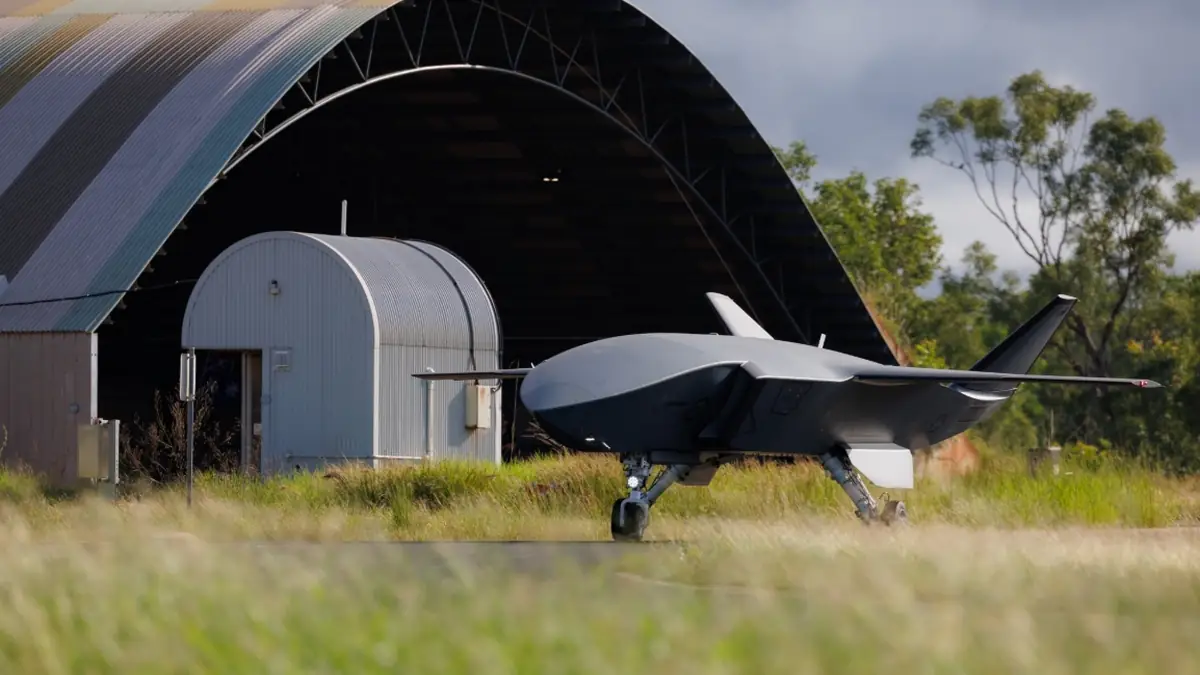
At present, eight MQ-28A Block 1 units have been produced, collectively completing over 100 test flights. Block 2 is expected to be ready in 2025. Key upgrades will include improved internal components, enhanced navigation systems (GPS/INS), and the elimination of the wing’s characteristic “dog tooth” design.
The Australian Ministry of Defence emphasized that the completion of the exercise marks another step toward evaluating the MQ-28A in both real-world and digital environments. It also serves as a demonstration of the drone’s capabilities throughout 2025.
Source: TheAviationist


